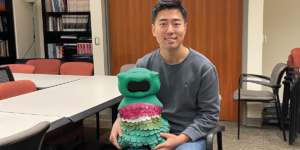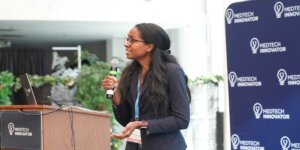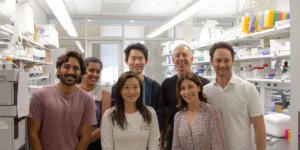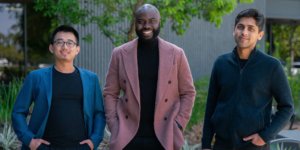For over 100 years, children and their families have been helpless in the pursuit of treatment for the rare CLN2, an often-fatal degenerative disease that leaves the nervous system in decay. Now, the wait for a counteractive drug is finally over.
USC Viterbi alum Tom Lester has been working to beat the clock and counter the effects of the rapidly moving disease. Through his efforts to produce the drug Brineura, Lester aims to give children a better chance at having the normal life they deserve.
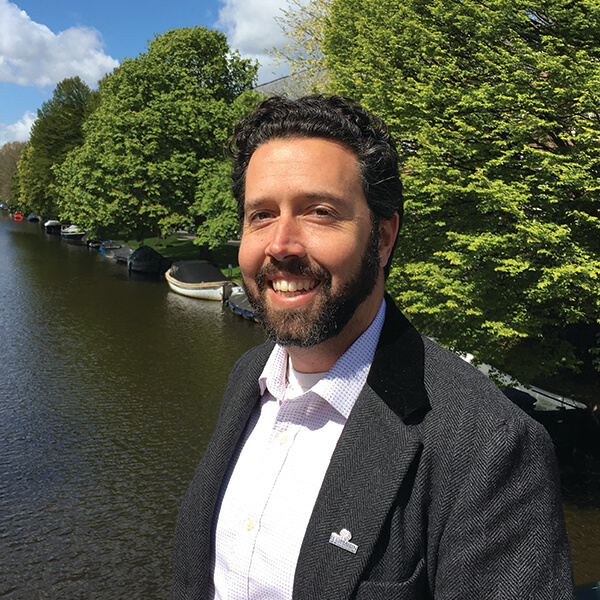
Tom Lester, one of the few faces helping children plagued by CLN2. CREDIT: Tom Lester
Lester works in the San Francisco Bay Area at BioMarin, where he utilizes his impressive background studying the intersection of drug development and entrepreneurship to progress the trajectory of Brineura.
After graduating from the USC Viterbi School of Engineering in 2000 with a B.S. in chemical engineering, Lester gained experience studying rare diseases. Later, he went back to school at the Keck Graduate Institute, receiving a master’s degree that focuses on the combination of business and entrepreneurship with science and drug development. He gained further experience researching at LA BioMed.
“I went into researching animal models in different diseases, and I fell into research into rare diseases,” Lester said.
His research experience led to the inspiration of drug development. Now, Lester leads a team of individuals from all sectors of BioMarin to secure a plan to test drugs and gain FDA approval of the drug.
The development of Brineura proved to be tricky. Lester faced the challenges of gaining both FDA approval and a concrete understanding of the disease, all with the added pressure of the destructive disease taking the lives of children.
The biggest obstacle in earning FDA approval was the unusual nature of the disease.
“For rare diseases,” Lester said, “the obvious challenge is that the patients are few and far between. There is less known about the disease, diagnosis is substantially delayed, and we must first understand the disease to then see if the drugs can benefit the patients. The FDA expects the same level of research that they do with common diseases. The difficulty is that we often can’t run clinical studies as large because of the lack of patients.”
Thankfully, Lester was able to use his talents to get the drug on shelves in a mere four years. Through his efforts, Lester will be able to help the many children who have been plagued by CLN2 for over 100 years.
In fact, Lester says there are more children now than ever before being treated for CLN2, with families traveling from as far as Australia to Italy to receive immediate treatment.
“Understanding and following how this drug is affecting patients will hopefully be positive in the future,” Lester said. His top priority is helping the countless children gain hope of a brighter future.
Along with following the long journey ahead for Brineura, Lester is currently working on lifecycle management for other enzyme therapies for rare diseases, as well as starting to study animal models of treating retinal degeneration faced by CLN2 patients. The Trojan engineer is constantly looking for ways to help otherwise helpless victims of rare diseases have better lives.
Published on April 5th, 2018
Last updated on April 5th, 2018




